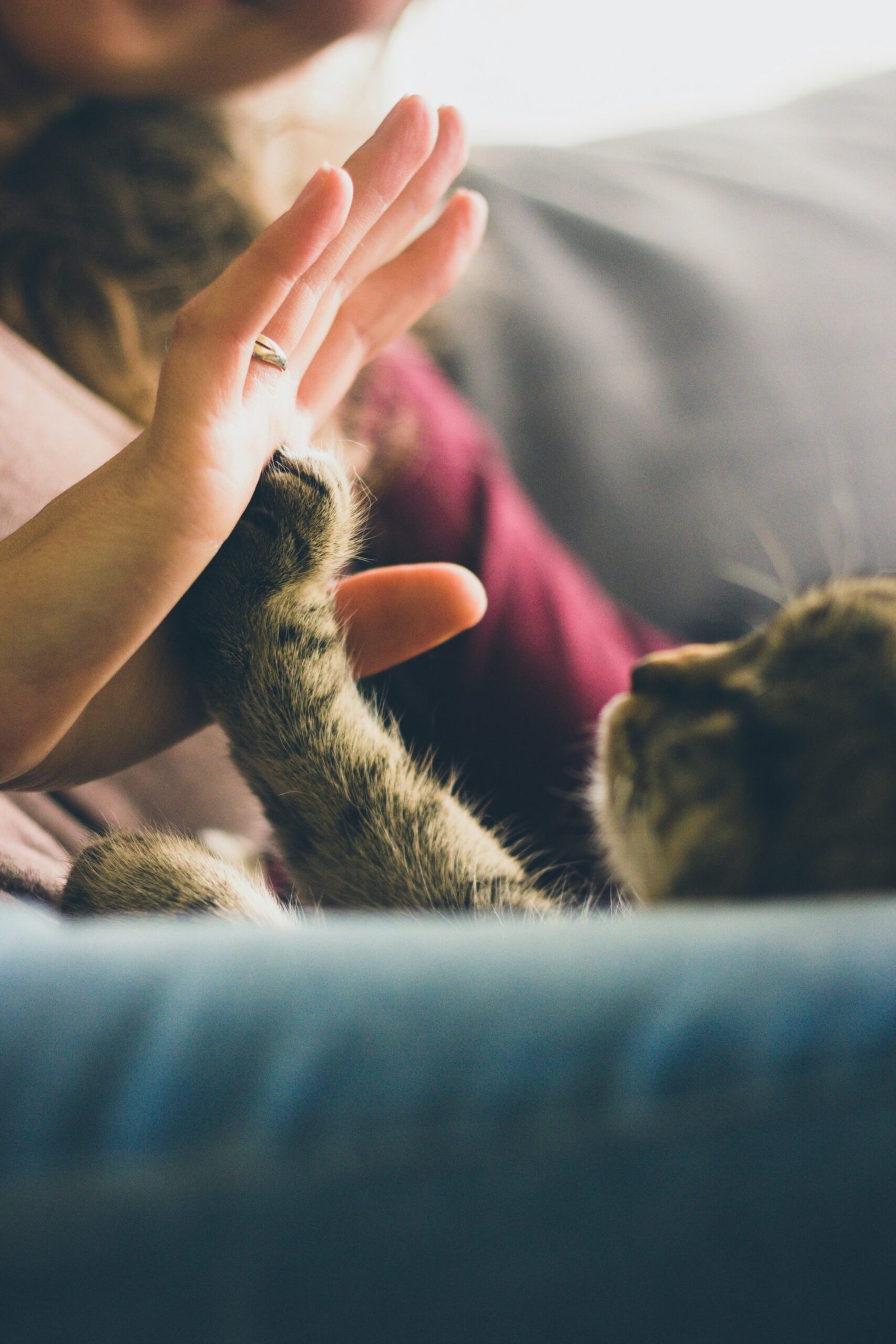The Science Behind Pet Behavior
Understanding the intricacies of pet behavior necessitates a close examination of various scientific principles that govern animal actions. This includes instinctual drives, social structures, and learning processes which are fundamental to how pets interact with their environment and each other. A significant component of behavior is instinct, inherited traits that inform reactions to specific stimuli. For instance, dogs are known to have strong predatory instincts, which influence their behavior during play or when they encounter small animals.
Moreover, social structures play a critical role in shaping behavior. Animals are often inherently social creatures, displaying behaviors influenced by the hierarchical dynamics within their groups. For example, canines exhibit pack behavior, leading them to forge strong bonds with their human families, who they may perceive as their pack. Understanding these social structures enables pet owners to foster a harmonious environment that respects and accommodates their pets’ natural inclinations.
Equally important are the learning processes that pets undergo, which are shaped by genetics, environmental factors, and early life experiences. From the moment a pet enters a household, it begins to learn from its surroundings. Positive reinforcement, for example, is a widely accepted method to instill desirable behavior patterns in pets. This process is pivotal, considering that early experiences directly impact behavior development. A pet raised in a stimulating, loving environment is more likely to develop confidence and social skills than one subjected to neglect.
Finally, genetics also cannot be overlooked. Certain breeds are predisposed to specific behaviors that reflect their historical roles. By recognizing the blend of these factors, pet owners can cultivate a deeper understanding of their furry companions, ultimately improving communication and strengthening their bonds. By combining knowledge of instinct, social structures, and learning processes, pet owners can make informed decisions regarding training and care, promoting a positive relationship with their pets.
Common Pet Behaviors: What They Mean
Understanding pet behavior is crucial for providing the best care and training possible. Pets communicate their emotional state and needs through various behaviors, which can range from barking and scratching to playful antics. For instance, barking is a vocalization commonly associated with dogs, and it can signify multiple emotions, including excitement, anxiety, territoriality, or a need for attention. By properly interpreting these vocalizations, pet owners can address the underlying issues effectively.
Scratching is another behavior notably seen in both cats and dogs. In felines, scratching serves to mark territory, sharpen claws, and relieve stress. If a cat is excessively scratching furniture or other objects, it may indicate boredom, anxiety, or a desire for more stimulation. Providing a designated scratching post or engaging in regular play can alleviate this behavior. Similarly, dogs may scratch to gain attention or express discomfort; thus, a thorough check of their environment and health status is essential.
Playfulness is often an indication of a pet’s overall happiness and well-being. Engaging in play can help strengthen the bond between pets and their owners, while also offering essential physical exercise. However, a sudden change in play behavior, such as excessive lethargy during playtime, may point to stress or an underlying health issue that requires attention.
Recognizing signs of stress, anxiety, or discomfort in pets is also critical for responsible pet ownership. Common indicators include excessive barking, hiding, changes in eating or sleeping habits, and altered social interactions. By maintaining a close observation of their behaviors, pet owners can identify when their pets are struggling emotionally and take proactive steps to enhance their overall well-being. Being attentive to these behaviors allows for timely interventions and a harmonious relationship between pets and their owners.
Effective Pet Training Techniques
Effective pet training is essential for fostering a harmonious relationship between pets and their owners. Among the most successful methods is positive reinforcement, which involves rewarding desired behaviors with praise, treats, or playtime. This technique not only encourages pets to repeat those behaviors but also establishes trust and a positive association with training sessions. It is important to identify what motivates your pet, as different animals may respond to various rewards, making tailored reinforcement crucial for effectiveness.
Another widely recognized method is clicker training, which utilizes a clicker – a small handheld device that makes a distinct sound when pressed. The clicker serves as a marker to indicate the exact moment a desired behavior is performed, followed by a reward. This method offers clarity to pets, enabling them to understand which action earned the reinforcement. For maximum effectiveness, owners should pair the click with a treat initially and gradually phase out the treat, using it sporadically to maintain motivation.
Consistency in commands is vital for successful training outcomes. Using the same words and gestures for specific commands helps pets make clear associations between actions and their descriptions. This allows for more effective communication and reduces confusion. Additionally, setting realistic training goals is important, as it ensures that both owner and pet experience gradual progress, which fosters motivation. Patience and persistence are key; understanding that setbacks are part of the learning process can significantly improve the training experience. Mistakes commonly made by pet owners, such as inconsistent cues or unrealistic expectations, can hinder progress. To avoid these pitfalls, it is important to remain focused and adaptable, effectively addressing challenges as they arise. Incorporating these methods into a training regimen can lead to a more well-behaved and happy pet.
Building a Strong Bond: The Role of Play and Interaction
Establishing a strong bond between pets and their owners is essential for fostering a healthy and happy environment. One of the most effective ways to develop this connection is through play and regular social interaction. Engaging with pets in activities such as fetch, tug-of-war, and hide-and-seek not only provides physical exercise but also mental stimulation, which is vital for their overall well-being.
Playing with pets helps to reinforce the human-animal bond by creating shared experiences that are enriching for both parties. These playful interactions allow pets to exhibit natural behaviors while also encouraging positive engagement. Exercise serves as a fundamental element in pet care, as it prevents obesity and promotes a fizz of energy that enhances behavioral health. It is also beneficial for the owner’s emotional well-being, alleviating stress and providing moments of joy.
Furthermore, incorporating play into training sessions can make the learning process more effective and enjoyable. By using toys or incorporating games into commands, owners can create a joyful atmosphere that encourages pets to participate willingly. Rewards can be given in the form of treats or affection, ensuring that their training remains a positive experience. The playful approach not only teaches commands but also helps in improving focus and motivation in pets, making them more responsive to training.
In addition to structured playtime, spontaneous interactions like petting, cuddling, or simply spending quality time together are equally important. These moments of connection can help reduce anxiety and promote a sense of security. Behavioral health benefits derived from consistent positive experiences lead to better socialization and less behavioral issues in pets.
Ultimately, investing time in play and interaction is crucial for both the pet and owner, forming an unbreakable bond that enriches their lives together.


